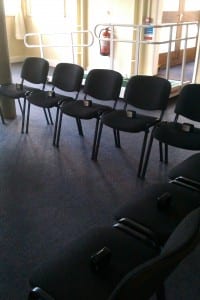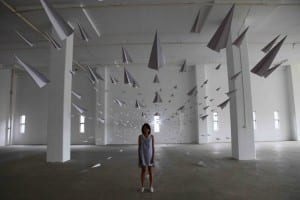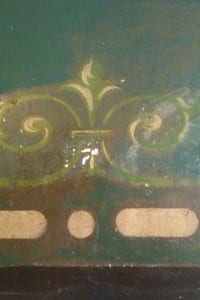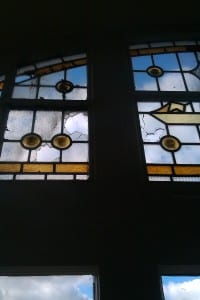The whole time we have been developing The Waiting Room performance we have been focused on the idea of empathy and how we can connect ourselves with what people are waiting for in that way. We have written narratives in first or third person in response to our survey results; we have discussed what people wait for and the idea that the waiting room setting, like you would see in a doctor’s surgery, makes strange what you actually do when you wait for something. Many of the results from our public survey suggest that what people are waiting for is something in the future, something huge and important and exciting, not for something like a doctor’s appointment where you sit idly by because you can’t do much else.
What we haven’t looked at are studies, real life waiting room behaviours, what people in this setting would do. How your condition, mentally and physically, and what you are waiting for affects how you behave and changes the behaviour of those around you. A study on the “Anxiety of Patients in the Waiting Room of the Emergency Department” by JungKyoon Yoon and Marieke Sonneveld showed that within the waiting room “three important groups were discovered that affect concerns and responses of patient; Fear, uncertainty and confusion, and annoyance.” The idea of The Waiting Room is to demonstrate the passing of time while being in control of the audience, asking them to follow instructions and read narratives, we want to take away their control of deciding how they feel and so far all we have tried to impose upon them is empathy. This study from the Netherlands gives me the impression that we should be making the audience feel more, not necessarily scaring them but making them fearful; maybe this is done by changing our narratives or adding new instructions to the piece or maybe we need to, at this late stage, add a new element into the piece.
Another article I found online discussed how you respond to behaviours in the waiting room setting, this article by Dr Maria Yang spoke about a specific incident where a woman is screaming at the top of her voice and nobody reacts. She writes:
“Two men and one woman are seated across the room. The woman continues to dip her crochet hook into the yarn; the hook has not stopped since the shouting began. One man has his arms crossed; his chin is tucked in and his eyes look closed. The other man rests his elbows on his knees, his fingertips lightly touching, and his eyes stare at the floor. If he has flinched, no one has noticed.”
Now, in my opinion, Dr. Yang is wrong, I think the other people did notice but didn’t know how to react. As creators of this performance it is important to think about what is normal behavior and whether we endeavor to challenge that. We are already making strange the idea of waiting because who really sits and waits for 40 minutes for something to happen? As a group we need to make the decision, are we going to push this even more?
My opinion is that we need to make the whole piece more uncomfortable, we want people to be checking the time thinking that they get to leave in however many minutes, we want to passing of time to be slow to emphasise the point that a lot has happened in this room and in our lives and all we can do is try to feel it.
References
Medpage today, 2013, The other people in the waiting room. [online] Available at <http://www.kevinmd.com/blog/2013/04/people-waiting-room.html> [Accessed 1st May 2014].
Yoon, J. 2010, Anxiety of Patients in the Waiting Room of the Emergency Department [online] Available at < http://tei-conf.org/10/uploads/Program/p279.pdf> [Accessed 1st May 2014].







